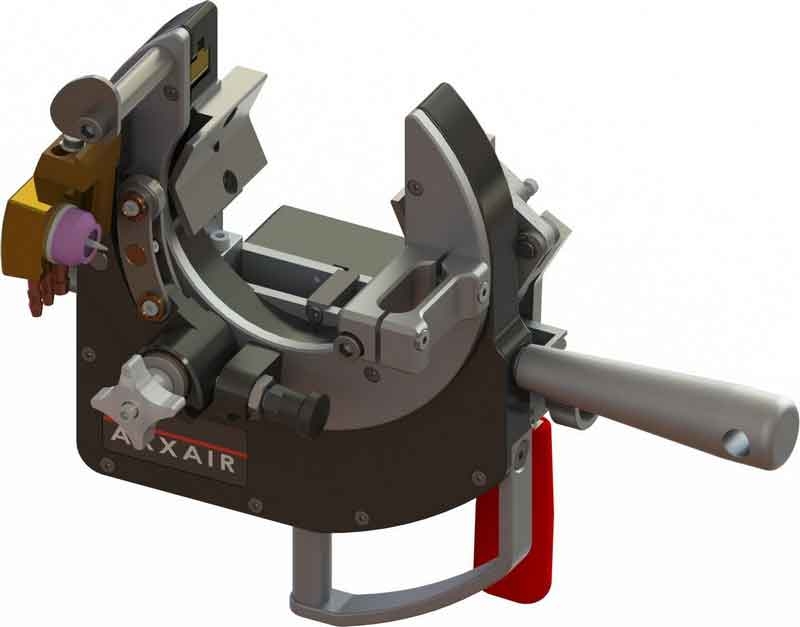What is an arc pulse? Benefits of arc pulse for orbital welding machines
for automatic orbital welding technology using argon gas, the concept of arc pulse will be mentioned. in general, orbital welding machines use pulses during the welding process, and the pulses can be synchronized to all welding parts.
the arc pulse for automatic welding machines brings special benefits that not everyone knows. let's learn about the concept and benefits of the arc pulse in the following article.
what is an arc pulse?
pulsing arcing is a non-contact process and requires no force to be applied to make parts fit together. it produces high quality welds with minimal heat affected zone by creating arcs between the workpiece and the tungsten electrode, using the resulting heat to create the joint..
this welding technique offers many benefits, helping to improve weld quality and repeatability in the welding process. if the material and joint are not good, it will be difficult to successfully weld with pulseless welding, but can easily be welded with pulse arc technique. this technique helps to improve weld quality and increase welding productivity.
for orbital welding, the arc pulse will provide an advantage, as gravity pulls the weld pool in different directions as welds are created around the tube.
arc pulse parameters: the arc pulse is related to four welding parameters: maximum welding current, base current, pulse width, and pulse frequency.
it is important to understand how to choose the starting parameters for convenient weld development and the effect on the welds by varying each parameter.
the main purpose is to utilize the benefits of pulse welding to improve weld quality and productivity.
peak current/background current ratio: this ratio basically provides the ability for the welding current to pulse from one arc to another (a circle around a pipe divided into 4 arcs, for example). the industry typically uses ratios varying from 2:1 to 5:1 billion. a good starting point is to use a 3:1 ratio, make the required welds and check other parameters to see if any results are found.
pulse frequency: the pulse frequency depends on the required overlapping spot position. a good starting point is to try to get the overlay to 75%. the pulse rate for thin pipes is usually equal to the welding speed measured in ipm (5 ipm = 5 pps).
pulse width: the pulse width (percentage of time spent for maximum welding current) depends on the thermal sensitivity of the material and the welding current available from the power supply. higher thermal sensitivity requires a lower pulse width x % of peak current. the standard pulse width is typically 20% to 50%. a good starting parameter would be to set a pulse width of 35%.
the benefits of pulsating arcs
reduce the heat supplied to the workpiece
improved weld width/depth ratio. the arc pulse can increase penetration while maintaining the minimum weld width. or the weld width can be reduced but still give the same penetration.
controlling the welding puddle from the arc generated, the convection from the weld puddle is controlled, so it limits the pitting in the weld, the weld puddle is hardened faster, minimizing or eliminating the possibility of the weld puddle being damaged. overflowing to the sides during the welding process changes position continuously.
stable pulse weld, less arc deflection or problem with the surface tension of the weld pool.
improved weld quality, uniformity, reduced heat affected zone (haz), reduced dilution between heterogeneous materials,

